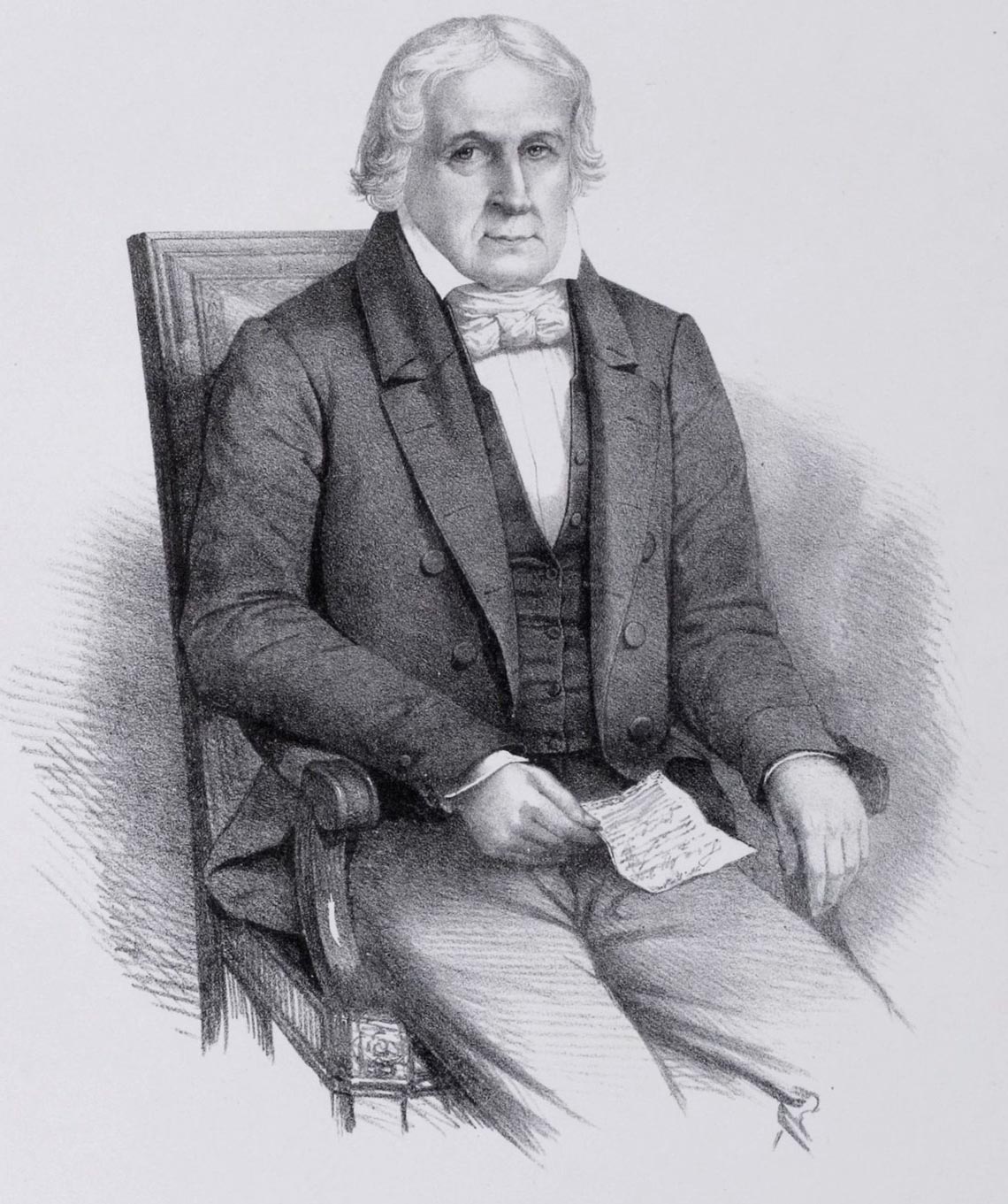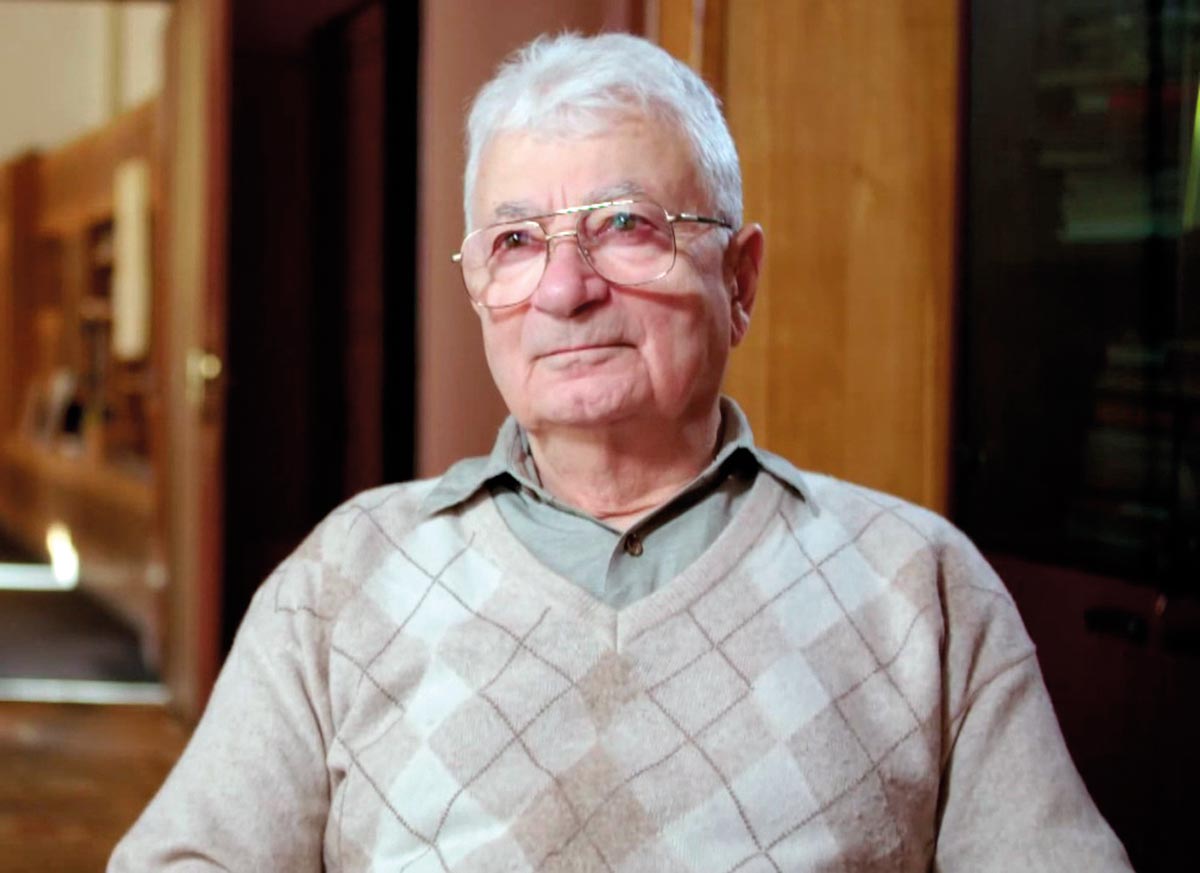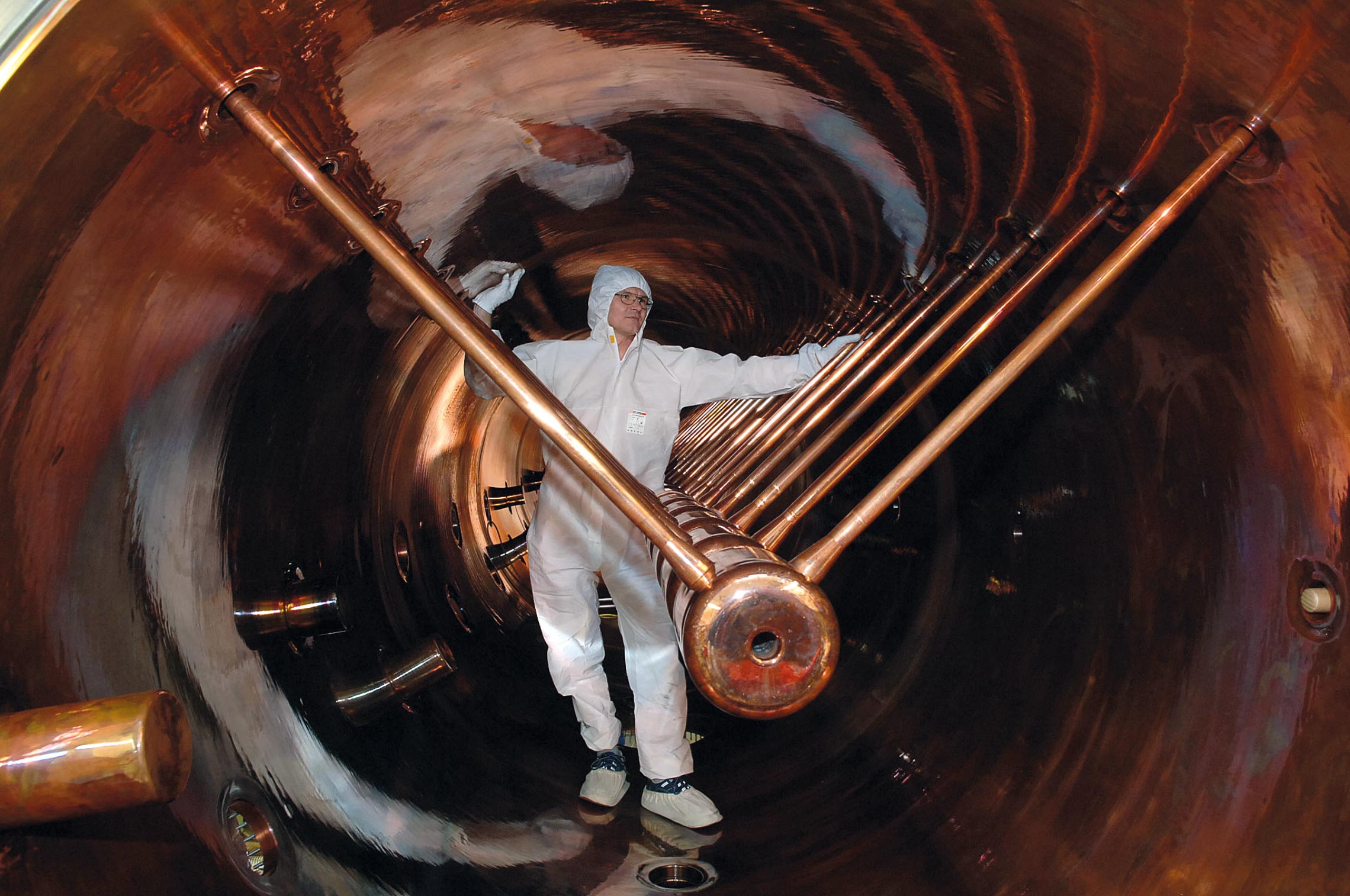In 1869, a professor at the University of St. Petersburg, Russian chemist Dmitri Mendeleev (1834–1907), devised a diagram in which he arranged the approximately 60 known chemical elements by order of their respective mass. This was the first version of what would come to be known as the modern periodic table, now composed of 118 elements arranged in 18 groups (columns), and 7 periods (rows). Today, the elements are organized in order of increasing value of their atomic number, i.e. the quantity of protons in their nucleus; those within the same group have similar properties. Now in its sesquicentennial year, it is still an indispensable tool used to explain (and predict) chemical interactions and to infer various characteristics of the elements, such as reactivity, density, and the electron configuration around the atomic nucleus, where the protons and neutrons are. “Today the periodic table can be considered the most concise encyclopedia that exists. Those who know how to use it can find a lot of information on a single sheet of paper,” says Carlos Alberto Filgueiras, a chemist and science historian at the Federal University of Minas Gerais (UFMG). “There is nothing like it in any other field of knowledge.”
Since the 1940s, the periodic table hasn’t grown through field expeditions, but rather through experiments conducted with particle accelerators. It’s been 80 years since science has discovered an unknown element in nature—the last found was francium (Fr), atomic number 87, in 1939. Since then, the close to 30 new elements added to the table were primarily produced through nuclear reactions, although some such as plutonium were also found in nature after they had been artificially manufactured at installations in Europe, the United States, and Asia. Brazil is not in the select club of countries with equipment capable of generating new elements. The difficulties of creating the increasingly heavier elements, i.e., with more protons in their atomic nuclei, and ever shorter half-lives (radioactive decay) of fractions of a second, leads some scientists to ask how much further it will be possible to expand the table and accommodate elements with distinct characteristics.
One of the researchers asking these questions has special qualifications. Nuclear physicist Yuri Oganessian, 85, of the Joint Institute for Nuclear Research (JINR) in Dubna, about 120 kilometers from Moscow, is only the second person whose name has been used as the inspiration for a new element while he was still living. In the current version of the periodic table, the heaviest element, which appears in its lower right corner, is oganesson (Og), atomic number 118. For sixty years, the Russian researcher has been dedicated to producing new superheavy elements, those with an atomic number greater than the 92 of uranium (U), called transuranic elements. He has participated in the discovery of close to a dozen elements.
Only a few atoms of oganesson have been produced, in an experiment conducted in 2006 at the particle accelerator at JINR’s Flerov Laboratory. They were obtained by means of collisions, under special conditions, that promoted the fusion of elements 20, calcium, and 98, californium. Due to the small number of atoms produced and the element’s very short half-life, researchers weren’t able to analyze oganesson’s chemical properties. If it matches what would be expected from its position on the periodic table (group 18), it is a noble gas, like helium, with low reactivity. For now, however, little is known about its properties.
“Does element 118 appear to be a noble gas? Often the answer given to this is no,” Oganessian told a gathering of renowned scientists at an event marking the 150th anniversary of Mendeleev’s work in Paris, held in late January by the United Nations Educational, Scientific, and Cultural Organization (UNESCO). “I think element 118 will probably still be shown to be a member of the eighteenth group on the table. In the transition from 118 to 119, I expect to see changes, which will probably be observed, but still only weakly.” His optimism, however, doesn’t go much further than that. “I think that in elements 120, 121, or 123, the difference between the groups will be much less, or it will disappear completely,” adds Oganessian. “From that point on, would the periodic table have to change?”
The production of superheavy elements that last longer is a challenge in nuclear physics research
The Russian scientist’s question leads to a different question. If up to now all that has been observed in chemistry respects the rules of the periodic table, what reason is there to suspect that its diagram may become obsolete due to new discoveries? The ghost haunting the table has a first and last name: Albert Einstein, and his theory of special relativity. Oganessian explains that the more mass an atomic nucleus has (where the protons are, with a positive electric charge), the more it attracts negatively charged electrons in the first shell formed by these particles as they orbit the nucleus. This causes the electrons to move faster, and in the case of superheavy nuclei, approach close to the speed of light. This scenario means the electrons, which under normal conditions have a mass 1,800 times lighter than that of the proton, become much heavier. Thus, they end up altering the final mass of the atom and disorganizing the configuration of the electrons’ orbits, which is one of the parameters explained by the current periodic table.
Even before the problem is observed in experiments, some theorists are already busy constructing a relativistic periodic table. In their version, Einstein’s relativity would also play a relevant role in describing the atom, formerly understood only by its electromagnetic and nuclear forces, which are explained by quantum mechanics. However, few scientists dare to make categorical statements about what will possibly be seen with particle accelerators.

Wikimedia Commons
The mineralogist Andrada e Silva identified the mineral petalite, which contains lithium
Wikimedia Commons Mathematically simulating the atomic nucleus of a superheavy element, with more than 100 protons and almost 200 neutrons, is still an impossible task. There isn’t enough computational power available, and the statistical approach is not reliable for describing certain properties. “We need to use mathematical tools that allow us to deal with a problem ‘not too erroneously,’ so the description we get will clearly be an approximation,” explains Alinka Lépine-Szily of the Institute of Physics at the University of São Paulo (IF-USP).
Since 2008, the USP physics researcher has been part of the Commission on Nuclear Physics of the International Union of Pure and Applied Physics (IUPAP). The work group that arbitrates the claims of discoveries of new elements produced in the laboratory, called the Joint Working Party (JWP), is chosen by IUPAP and the International Union of Pure and Applied Chemistry (IUPAC). Experiments often generate only indirect evidence of the existence of a new superheavy element, such as the emission of alpha radiation, rather than a direct record of the production of atoms. Once JWP recognizes the discovery, the discussion proceeds to IUPAC, which is tasked with accepting the element into the official version of the periodic table.
For the time being, expanding the table may come from the domain of recent nuclear fusion techniques capable of generating variants (isotopes) of superheavy elements that are more stable. All isotopes of an element have the same number of protons (they therefore have the same atomic number), but differ in the number of neutrons in their nuclei. In natural, lighter elements, the number of protons is equal to that of their neutrons. In the heavier elements there are more neutrons than protons, a tendency that increases as the weight of the atom increases. For superheavy elements, theoretical calculations predict the existence of more stable nuclei, called “islands of stability.” These elements would be more long-lived than those that have been produced in particle accelerators until now. “Some of these isotopes could have half-lives of hours or days or, according to the most optimistic predictions, millions of years,” says Lépine-Szily. “The problem is that perhaps the experiments that are currently capable of creating superheavy elements still can’t accumulate enough neutrons to reach the island of stability.”

VPRO / Wikimedia Commons
The production of superheavy elements that last longer is a challenge in nuclear physics research
VPRO / Wikimedia Commons There is, however, some progress in this direction. Although radioactive decay time decreases with the increase in the number of protons in the nucleus, it appears a change in behavior has been observed in the most recent elements added to the periodic table. In collaboration with the Oak Ridge and Lawrence Livermore national laboratories in the United States, the Oganessian group created superheavy isotopes of elements 115, 116, and 117 with radioactive decay times that remained in the tens of milliseconds. In their partnership with Flerov, American labs provided the radioactive metal targets such as Berkelium (Bk), element 97, which in the Russian lab are bombarded by intense rays of lighter atoms of a specific calcium isotope. The last element produced this way was tennessine (TS), with atomic number 117, in 2010.
The Russian-American collaboration is the favorite in the race to produce elements within the “island of stability,” but there are other competitive laboratories, such as the Riken Institute in Japan and the GSI Helmholtz Center in Germany. By the middle of the year, Oganessian and his colleagues in Dubna are expected to have a new facility, the Superheavy Element Factory—which cost US$60 million—to help in the search for such elements. The new particle accelerators will be able to generate much more intense ion beams. Two 50-day experiments should still be completed in 2019.
Even though nuclear physics can’t produce oganesson with the same facility as it manufactures plutonium, there is a lot of research to be done with even a minimal number of atoms of these superheavy elements. “The current technique available in the experimental arrangements and the accumulated knowledge regarding the elements’ properties allow us to study the specific interaction of a single atom or ion of the superheavy elements with several other elements,” notes Jadambaa Khuyagbaatar, from the GSI superheavy-element chemistry group, in an email interview with Pesquisa FAPESP. “The field of research on heavy elements isn’t just about synthesizing new elements. We’re investigating the properties of a variety of heavy and superheavy nuclei and trying to find solutions to some of the fundamental problems of science.”
Republish

